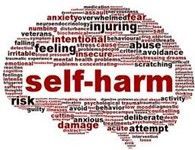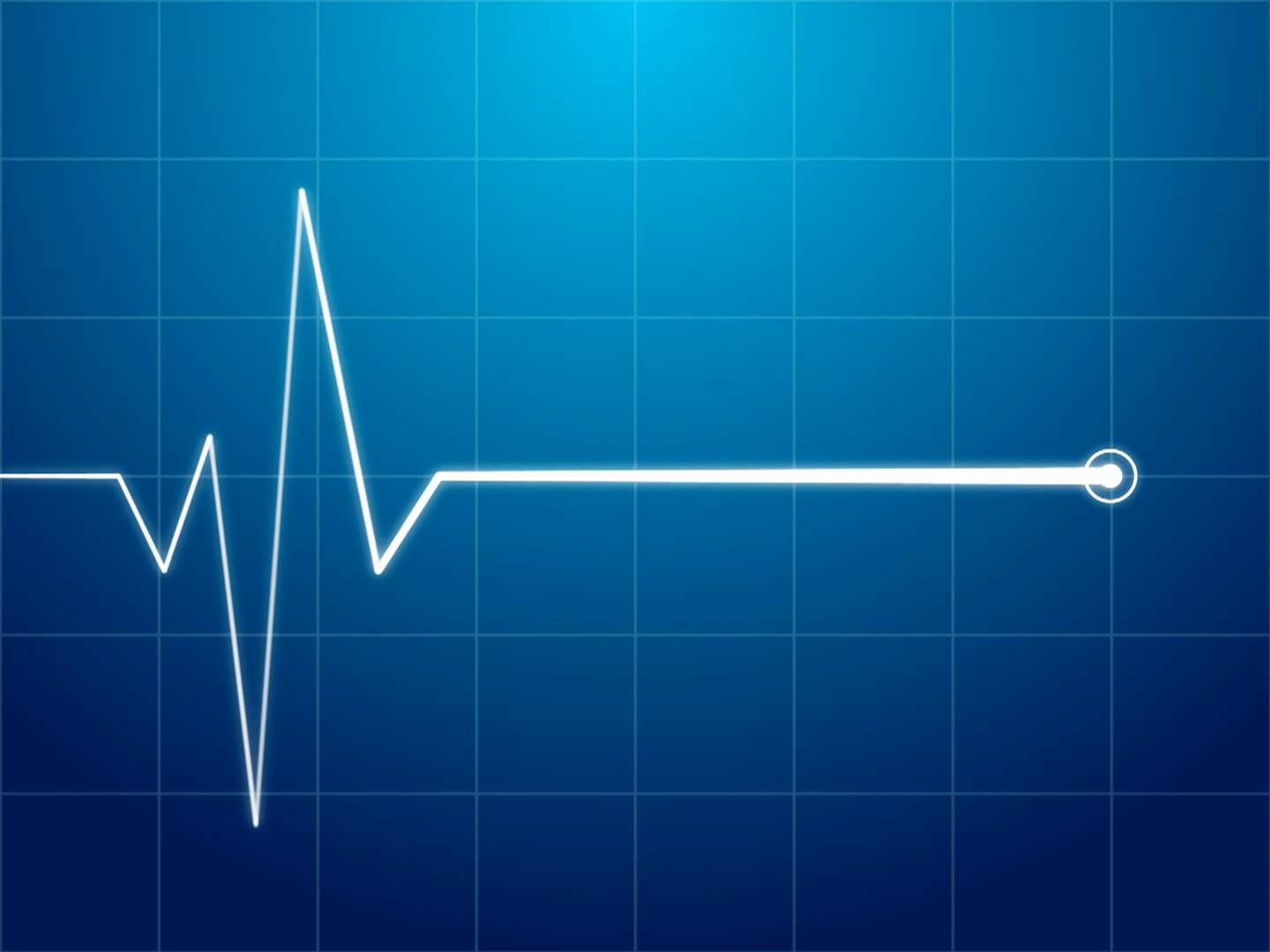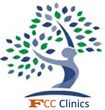SOCIAL MEDIA ADDICTION IN ADULTS: BLOODLESS SELF-HARM
Is social media the proverbial double-edged sword – ‘Frienemy’ that is causing widespread ‘bloodless self-harm’?

For many years, attention has been on the
impact of social media on children and young people. Huge body of knowledge
have been generated on how to identify and protect these young minds from the
potential dangers of accessing the limitless data online. The drive to protect
these group of people was based on the reasoning that their brains’ executive
functions are often not matured or developed enough for them to evaluate the
costs and benefits of social media use or handle the volume of data they were
consuming. While these concerns and drives still hold true now more than ever,
there is another emergence that requires urgent clinical and research attention.
This is the Social Media Addiction among Adults across all social strata.
During the last few years, especially after the inception of COVID-19 pandemic, the online interactions have almost become a par with (if not exceeded) our face-to-face interactions. The move from the 100% online interactions that happened during the COVID to the conventional face-to-face interaction post-COVID seems to be a torturous effort for a lot of people. This ranged from difficulty in returning to office-work to engaging in interpersonal face-to-face interactions. For many people, the rate of social media engagement has not dropped that much from the 100% COVID usage. This has led to a new wave of virtual reality (existential fantasy) and a potential demise of the rich humanisation of face-to-face interaction.
Exploring the possible causes of social media addiction (SMA), studies show that for young people, the main causes of their SMA include fighting boredom (86%), staying in contact with others (89%), getting information (37%), forgetting sorrows (38%), reducing stress (36%), and escaping reality (36%) (Paschke, et al., 2021). With the intense campaign and psychological help, the rate of social media addiction in young people are gradually coming down. Within the global adult population, however, the social media addiction seems to be gaining an alarming momentum and this has reached a spilling level especially post-COVID pandemic. There seem to be a sudden surge in the need for external validations (i.e., reward-seeking/ ‘likes’/ego-boost drives) and crave for instant dopamine rush among adults.
Clinical data show the following as key contributors/causes:
1)dissatisfaction in personal, relationships, career, and/or life
2)need to escape reality (living in a world of dream/fantasy) and avoid responsibility and accountability,
3)loss of boundary between life (personal) and work (professional).
While it may be easier to see that the first two causes of SMA are psychological problems with far reaching consequences and require urgent treatment, the third cause, however, seems to be met with divided opinions. To some, it is a work-life dysfunction which can worsen people’s dissatisfaction and need to escape realty. To others, it is a new normal that is gaining trends and tractions, hence, has now been upgraded and given a fanciful name: Work-Life Integration . Rather than the age-long concept of ‘work-Life Balance’ , there seem to be a call for ‘work-life integration.
The big question is: Is the ‘work-life integration’ narrative our psychological tolerance for the emerging ‘Bloodless Self-harm’ of social media addiction?
What is Social Media Addiction
Social media addiction is described as a behavioural disorder whereby the individual becomes entranced by social media and are unable to reduce or cease their consumption of online media despite clear negative consequences. Some of the possible negative consequence of addictive social media use include:
•low self-esteem, which may be prompted by incorrect perceptions that others’ lives are “better”.
•increased isolation and loneliness (loss of friendships)
•intense stress, anxiety, or depression
•onset of social anxiety disorder
•disrupted sleep patterns, especially if used before bedtime.
•decreased physical activity, which may affect your overall health.
•poor grades or work performance. (e.g., scrolling through your apps at work or instead of studying)
•reduced ability to empathize with others.
•increased reliance on social media to cope with life problems.
•restlessness and irritability whenever you are not using social media.
•anger or aggression whenever social media usage is reduced.
For the social media use to be classed as addictive, the 5 out of the following 9 criteria are expected to be met:
1. preoccupation (not psychological present or engaged with surrounding activities). Thinking about social media whenever you are not using it, so much so that it is the first thing you turn to whenever you have the opportunity.
2. withdrawal (when not using) e.g., agitation/restlessness, irritation, emptiness.
3. tolerance (accommodating/excusing the persistent use),
4. persistence (unsuccessful attempts to reduce or stop usage),
5. continuation (of usage despite problems): fear of missing out, which can lead to even more social media usage.
6. deception (deceiving or covering up usage),
7. escape (usage to avoid or reduce adverse moods, or reliance for feel-good),
8. displacement (giving up other activities), and
9. conflict (risking or losing relationships or career opportunities due to excessive usage). Ignoring the relationships in your “real” life
Social Media Addictio n has been explained via these models:
a) social skill model – individuals prefer to use SMA for social networking rather than face to face. This may apply to people with low self-presentation skills, social anxiety.
b) cognitive-behavioural model – the lack of executive control over motivational drives which are linked to the reward-seeking (instant gratification) behaviours. The uncontrolled reward – seeking habits could lead to poor decision making regarding the engagement or consumption of social media.
c) socio-cognitive model – social networking produces a positive outcome expectation (such is likes, praises, commendations from other users). This could drive the excessive use in the absence of self-regulation (Turel & Serenko, 2012)
d) biopsychosocial model – SMA results from a combination of the above model hence, mood modification, salience, tolerance, withdrawal symptoms, conflict, and relapse (Griffiths, 2005
Managing the Social Media Addiction
Consider the following tips to help you achieve a healthier balance with social media:
·Consider deactivating your social media apps from your smartphone. While you can still access them from your personal computer, keeping them off your phone may help decrease the amount of time spent on social media overall.
·Where the above is not viable, consider turning off the notification of most of (if not all) the social media Apps on your phone.
·Consider putting your personal phone on silence during work, as well as during school, meals, and recreational activities.
·Set aside a certain amount of time dedicated to social media per day. Turn on a timer to help keep you accountable.
·Leave your phone, tablet, and computer out of immediate arms-length reach at night.
·Take up a new hobby that is not technology related. E.g., sports, reading hard copy books, intentional and scheduled face-to-face interaction with friends and family.
·if possible, take break from social media (one hour, day, week, or month). Let yourself be in control of this decision — not your social media account. Manage the fear of missing out because there is always something new and the old ones are easily forgotten anyway.
·If you have done the above and you are still not able to deal with the addiction, you may wish to engage an expert psychologist for professional help.
If you need professional assistance with social media addiction, please contact us at: dr.oby@fcc-clinics.com / www.fcc-clinics.com
Stay Safe and Psychologically Sound
Dr.Oby @ FCC Clinics – Global Health














